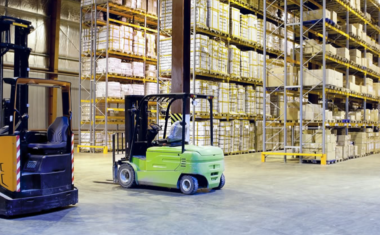
United-States : Parts galore but a market under strain

The next five years promise to be tense for the entire American supply chain, from production to distribution to repair shops. We are not talking about a shortage of spare parts, quite the contrary, but of “exponential proliferation” in all sectors of the market!
Several factors were identified in the Lang Marketing study, as reported by our American colleagues at aftermarketmatters.com. First, an aging fleet with an age increasing 15% between 2011 and 2021 rising from 11 to 12.2 years in ten years. The result is that the fleet of vehicles over 14 years old is growing and mechanically occupies workshops with vehicles that consume a lot of parts. The study adds economic pressures inflicted on US consumers, largely affected by inflation, into the equation. They will keep their vehicle as long as possible by looking for prices on more competitive ranges and leading to an increase in volume and a decrease in value. On the other hand, new technologies on recent vehicles add their own volume of parts to wholesalers' shelves. The number of components, sensors and software has increased by around 500% between 2011 and 2022. And the study predicts that the trend will only increase over the next five years.
Foreign brands drive the market
Finally, the increase in sales of foreign brands (both light and heavy vehicles) is a major factor in parts volumes since they represented 50% of the fleet in the United States in 2021. This is an increase of over a quarter in market share in ten years. These numerous factors should together push volumes on the market and also "increase the challenges of supply chains at all levels, with a required adaptation in distribution including the extension of stocks and digitization of processes" reports the study.
Headwinds expected in 2023
In the meantime, 2023 will be a pivotal year for the entire sector with sales forecasts for new vehicles at 14.8 million units, an increase of 7%. Inflated stocks and less cautious consumers should boost the market. The prices of new vehicles should therefore fall, after a record average transaction price of $47,681 in November 2022 (includes heavy goods vehicles, utility vehicles and light vehicles). Good news but to be taken with a pinch of salt according to Jessica Caldwell. The executive director of research firm Edmunds cites continued rising interest rates, inflation and economic uncertainty as "headwinds likely to hamper a rapid recovery". Leasing will continue to be out of reach for consumers as deals become increasingly difficult to find. Renting has become increasingly expensive as stocks are slow to recover and interest rates remain high. Enthusiasm has quickly subsided.






